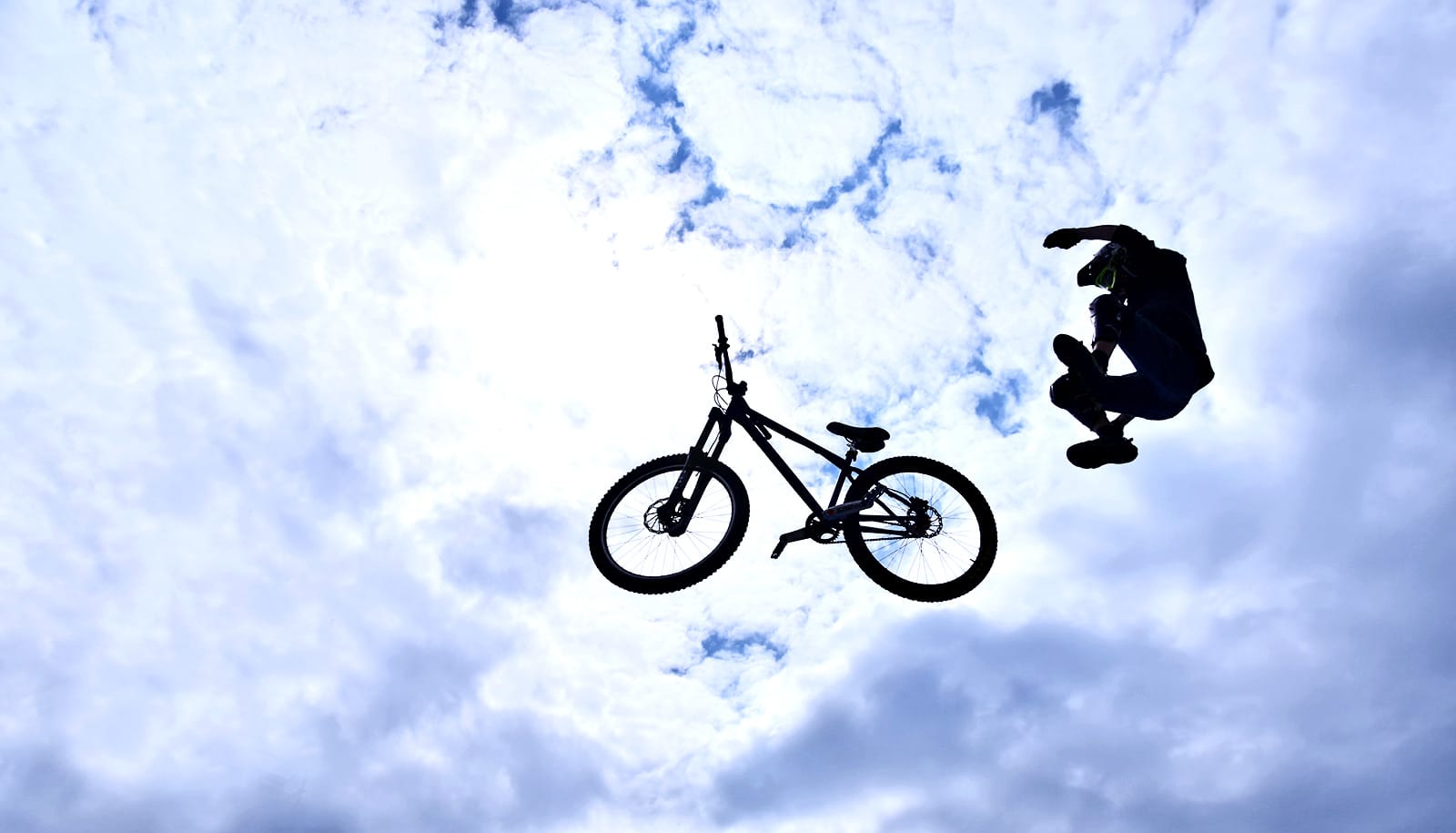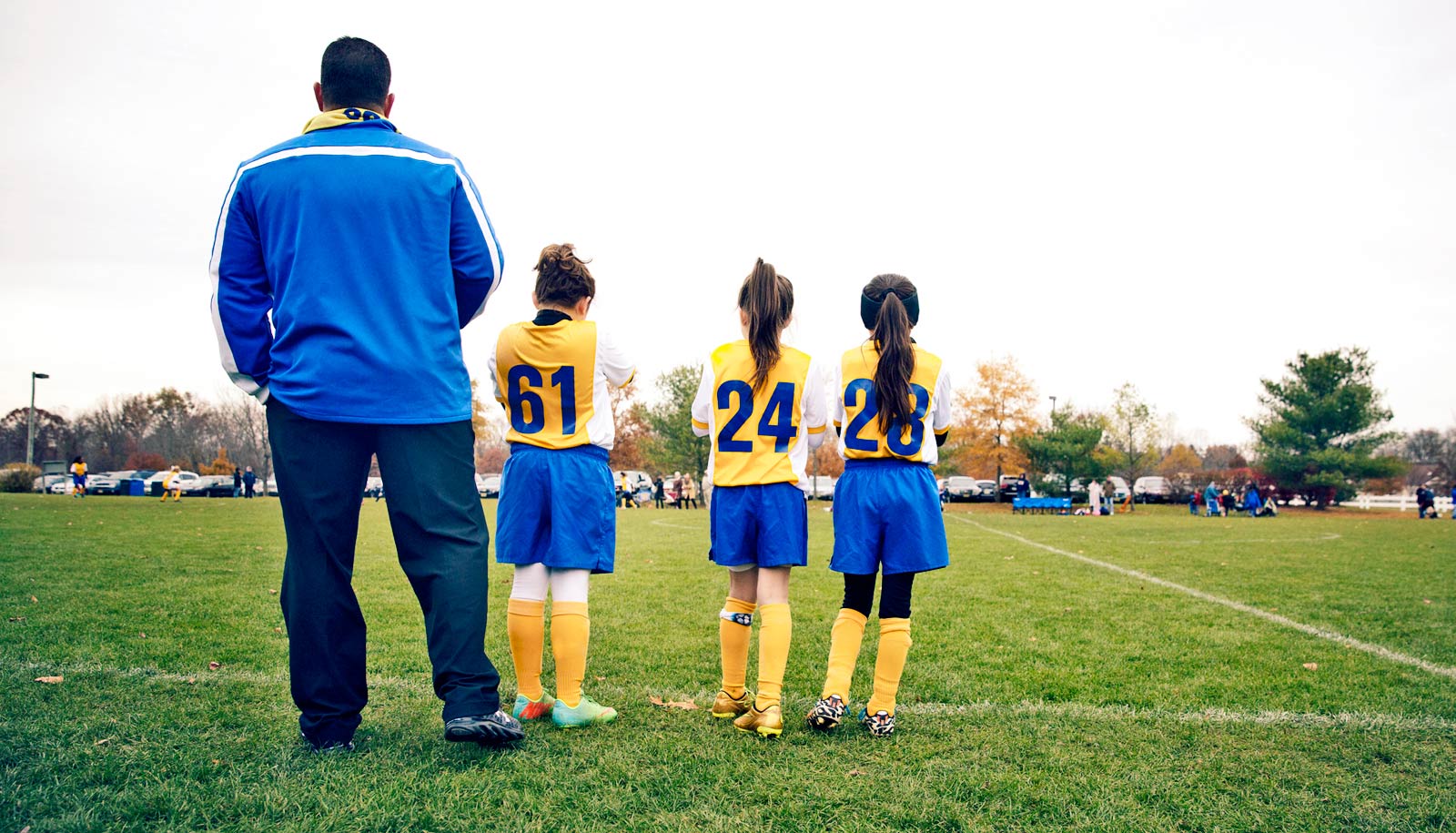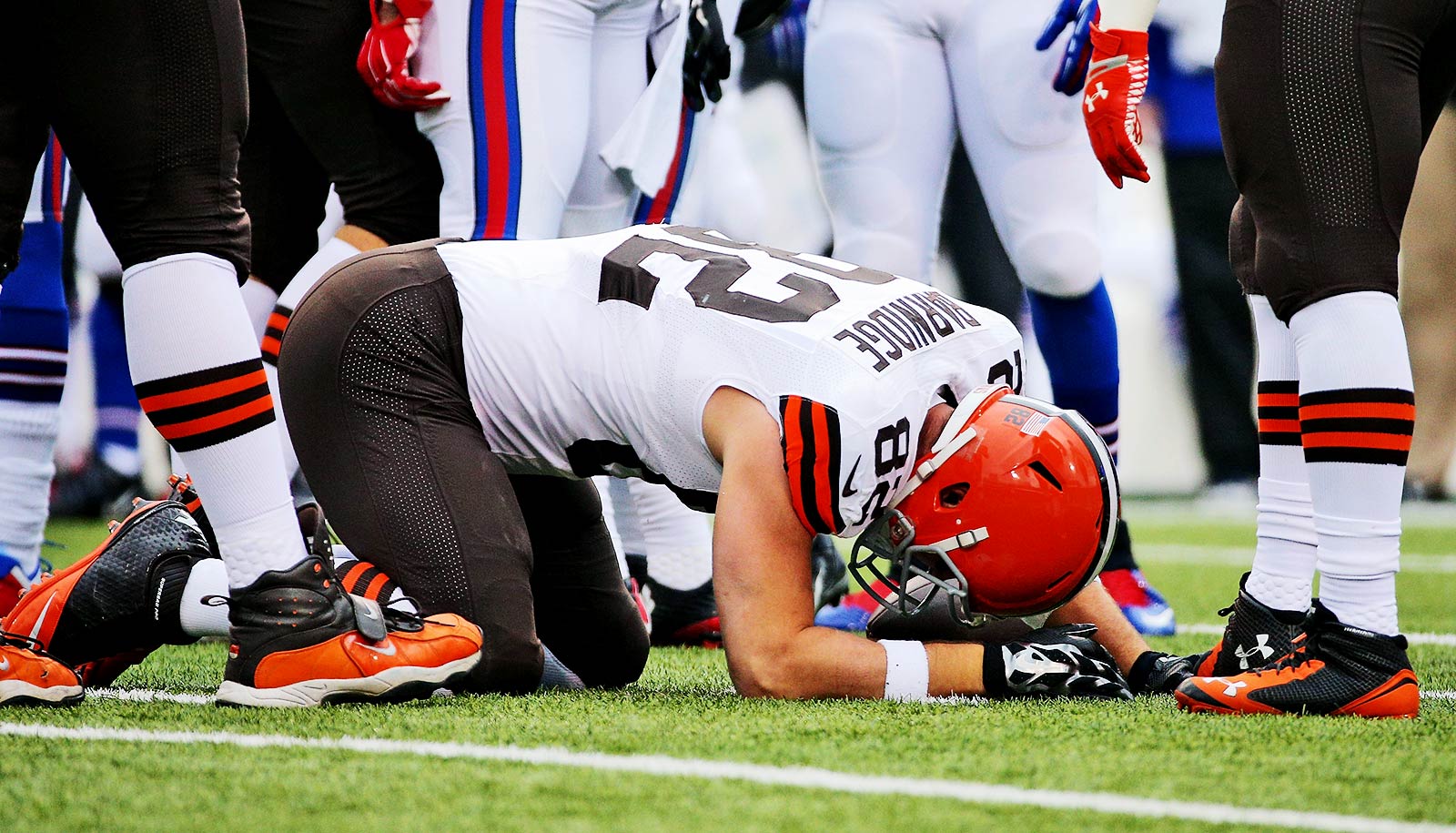Teen athletes who sustained concussions while playing sports recovered more quickly when they underwent a supervised, aerobic exercise regimen, according to a new study.
The study is the first randomized clinical trial of a treatment in the acute phase after a sport-related concussion.
“Telling a teenager to go home and basically do nothing is depressing.”
The goal was to evaluate prescribed, progressive sub-symptom threshold exercise as a treatment within the first week of a concussion in adolescents after a few days of rest. Sub-symptom threshold exercise is physical activity that doesn’t exacerbate symptoms.
The researchers followed 103 participants, ages 13-18. The group had nearly the same number of male and female participants. Researchers saw all participants within 10 days after sustaining a sport-related concussion.
Patients who followed the aerobic exercise program took on average 13 days to recover while those in the control group, who performed stretching exercises, took 17 days. In addition, fewer patients in the exercise program took longer than four weeks to recover than did patients in the control group.
“This research provides the strongest evidence yet that a prescribed, individualized aerobic exercise program that keeps the heart rate below the point where symptoms worsen is the best way to treat concussion in adolescents,” says first author John J. Leddy, clinical professor of orthopaedics in the Jacobs School of Medicine and Biomedical Sciences at the University at Buffalo, and director of the Concussion Management Clinic at UBMD Orthopaedics and Sports Medicine.
The researchers plan to investigate if the treatment is also effective in adults with concussion.
Hope for a treatment
There is no proven treatment for concussion, the researchers say, especially among adolescents, who typically take the longest to recover.
“Until now, nothing else has been proven in any way effective for treating concussion,” says senior author Barry S. Willer, a professor of psychiatry in the Jacobs School and director of research in the Concussion Management Clinic. “This is the best evidence so far for a treatment that works.”
The findings directly contradict the conventional approach to concussion, which often consists of nearly total rest, eliminating most physical and mental activities, including schoolwork.
“Telling a teenager to go home and basically do nothing is depressing,” says Willer. “It can actually increase their physical and psychological symptoms, and we see that particularly among girls. But with our approach, you’re saying, sure, you can return to school and you should start doing these exercises. Their chins are up, mom and dad are happy and so is the student.”
The fact that all states have now passed laws requiring schools to make accommodations for students who have sustained concussions is also helpful, says Willer, so that the student can opt out of some activities during the school day, if necessary.
The right amount
To determine how much exercise each patient could sustain without exacerbating symptoms, the researchers had each one undergo the Buffalo Concussion Treadmill Test, which Leddy and Willer developed, to determine at what level their symptoms worsen. As the patient walks on a treadmill, the incline gradually increases and researchers record heart rate at the point where concussion symptoms intensify.
“We prescribed exercise at 80 percent of that threshold,” Leddy explains, “so each patient’s exercise ‘dose’ was individually tailored.”
Researchers randomly assigned Patients to the aerobic exercise group (52) or to a stretching group (51). Patients in both groups were sent home with a heart rate monitor so they could make sure they stayed below the threshold while exercising.
Both groups performed their assigned exercise for about 20 minutes each day and had to report compliance and daily symptoms online. Those in the aerobic group either walked on a treadmill, rode a stationary bike, or walked either inside or out. Aside from the prescribed exercise, researchers advised patients to refrain from contact sports, gym class, or team practice. Researchers also gave them advice about getting schoolwork done and told to avoid excessive use of electronic devices, since that can also aggravate symptoms.
Faster recovery
The researchers re-evaluated each patient’s condition weekly and as symptoms improved, they increased the “dose” of exercise or stretching according to the weekly treadmill test results.
The researchers rigorously defined recovery, requiring agreement among three independent criteria: the patient’s reporting a normal (minimal) level of symptoms, a normal physical examination by a medical doctor, and the return of normal exercise tolerance on the Buffalo Concussion Treadmill Test. The physicians were blind as to the group assignment of each participant.
One surprising finding was that only two participants out of 52 (4 percent) in the aerobic exercise group took longer than four weeks to recover compared to seven out of 51 (14 percent) in the stretching group.
This did not reach statistical significance, but the scientific literature suggests, by contrast, that between 15 and 25 percent of adolescents who do not receive any treatment will be symptomatic past four weeks.
“Reducing the number of concussed adolescents who have delayed recovery has major implications,” Willer says, noting that delayed recovery creates more difficulty with schoolwork, can lead to depression, and puts additional demands on the health care system and its costs.
Moving forward
Coauthor Michael J. Ellis, medical director of the Pan Am Concussion Program in the surgery and pediatrics department at the University of Manitoba, says that for years, his clinic has been successfully using the Buffalo Concussion Treadmill Test and a medically supervised sub-symptom-threshold aerobic exercise program to treat professional, collegiate, and elite adolescent athletes.
Expanding access to this treatment is now critical, he says.
“The results of this study suggest that we must build greater capacity within our health care systems to allow patients access to multidisciplinary concussion programs and clinics that have the medical expertise to carry out early targeted rehabilitation of acute concussion,” he says.
The research appears in JAMA Pediatrics. Additional coauthors are from the University at Buffalo, Boston Children’s Hospital, and the Pan Am Clinic Foundation. The National Institute of Neurological Disorders and Stroke and the National Center for Advancing Translational Sciences, both of the National Institutes of Health, supported the research.
Source: University at Buffalo



